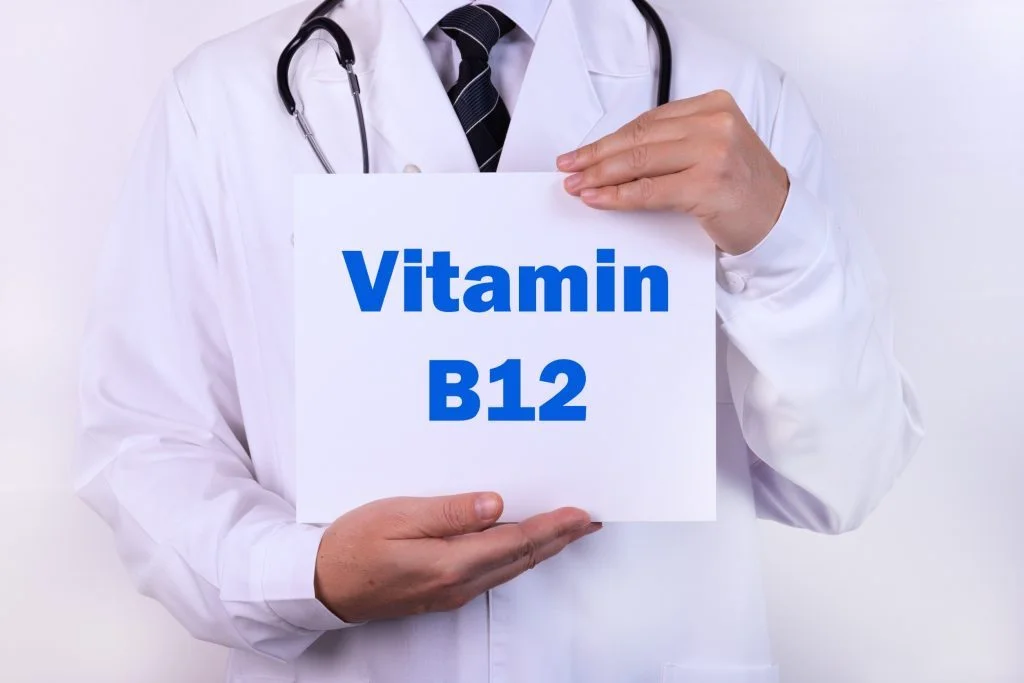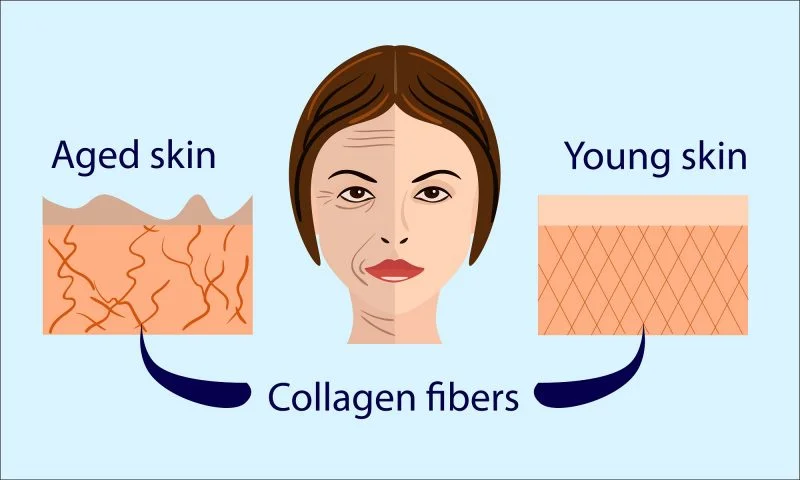Dermal fillers are a popular cosmetic treatment used to enhance various facial features. While they can provide great results, it’s common to experience some swelling after the procedure. If you’re wondering how to reduce swelling after receiving fillers, this article will guide you through some effective methods. By following these tips, you can help minimize swelling and ensure a smoother recovery process.
The Summary:
- Understanding the Swelling
- Before Treatment:
- After Treatment:
- When to Seek Medical Advice
- Speak with Your Healthcare Provider for Additional Aftercare Instructions
Understanding the Swelling
Before diving into the solutions, let’s briefly discuss why swelling occurs after receiving fillers. Swelling is a normal reaction to the body’s natural healing process. When fillers are injected into the skin, they can cause mild inflammation and fluid buildup in the treated area. This can result in temporary swelling, which typically subsides within a few days.
Before Treatment:
1. Avoid Blood Thinners Before Your Appointment
If medically possible, it’s advisable to avoid blood thinners for at least one week prior to your filler appointment. While this may not be feasible for everyone, consulting with your healthcare provider can help determine if it’s safe for you to temporarily stop taking blood thinners. However, if you require blood thinners for a serious medical condition, it’s important to continue taking them as prescribed.
2. Refrain from Alcohol 24 Hours Before Your Appointment
While it may be tempting to celebrate your upcoming rejuvenation with a drink, it’s best to avoid alcohol for 24 hours before your filler appointment. Consuming alcohol can increase the likelihood of swelling and bruising after the procedure.
3. Consider Taking Arnica Supplements
Arnica supplements, available at local pharmacies or natural food stores, have been known to help reduce bruising. If there are no contraindications with your current medication or medical conditions, you may start taking Arnica two days before your appointment. Always consult with your healthcare provider before introducing any new supplements.
4. Utilize Cool Compresses After Your Injection
To alleviate swelling, applying cool compresses intermittently to the injection site is recommended. Cold compresses can help reduce any natural swelling that occurs after your filler treatment. You can also ask your healthcare provider for an ice pack to use after the procedure.
5. Avoid Blood-Thinning Supplements
Certain supplements, such as turmeric, ginger, vitamin E, and cinnamon, can thin the blood and potentially increase the risk of bruising. It’s advisable to avoid these supplements before and after your filler treatment to minimize the chances of prolonged swelling or bruising.
Remember to consult with your healthcare provider before making any significant changes to your medication or supplement regimen.
After Treatment:
1. Applying Cold Compresses
One of the simplest and most effective ways to reduce swelling is by applying cold compresses to the treated area. This can help constrict blood vessels and minimize inflammation. Wrap an ice pack or a bag of frozen peas in a clean cloth and gently apply it to the swollen area for 10-15 minutes at a time. Remember to avoid direct contact with the skin to prevent ice burns.
2. Elevating the Head
Elevating your head while resting or sleeping can also aid in reducing swelling. By keeping your head elevated above the level of your heart, you can help promote proper blood circulation and prevent excessive fluid accumulation. Use an extra pillow or consider using a wedge pillow to keep your head raised during the recovery period.
3. Avoiding Strenuous Activities
Engaging in strenuous activities or exercises that increase blood flow can exacerbate swelling after fillers. It’s best to avoid such activities for at least 24-48 hours post-treatment. Take this opportunity to relax and give your body the chance to heal. Gentle movements and light walks are generally safe but always consult with your healthcare provider for specific recommendations.
4. Staying Hydrated and Eating Healthily
Proper hydration and a balanced diet can play a crucial role in reducing swelling and promoting healing. Drinking plenty of water helps flush out toxins from your body while consuming nutritious foods rich in vitamins and minerals aids in the recovery process. Incorporate fresh fruits, vegetables, lean proteins, and whole grains into your meals to support your body’s healing mechanisms.
4. Avoiding Alcohol and Caffeine
Alcohol and caffeine can dehydrate your body and potentially prolong the swelling after receiving fillers. It’s advisable to limit your consumption of alcoholic beverages and caffeinated drinks during the recovery period. Opt for herbal teas and water instead, as they can help keep you hydrated and aid in reducing swelling.
When to Seek Medical Advice
In most cases, the swelling after receiving fillers is temporary and subsides on its own. However, if the swelling persists for more than a week, or if you experience severe pain, redness, or any other concerning symptoms, it’s important to seek medical advice. Your injector provider will be able to assess your condition and provide appropriate guidance.
Speak with Your Healthcare Provider for Additional Aftercare Instructions
Before your dermal filler treatment, it’s crucial to have a comprehensive consultation with your cosmetics injector. They will assess your medical history, and current medications, and discuss your aesthetic goals. During this appointment, your cosmetic injector will address any concerns you may have regarding the procedure and provide you with personalized aftercare instructions.
If you have any questions or are ready to schedule your filler appointment, don’t hesitate to contact Reborn Medical Aesthetics today and schedule your free consultation.
Disclaimer: This article is for informational purposes only and is not intended to replace professional medical advice. Please consult your healthcare provider before making any changes to your diet, lifestyle, or procedures.





